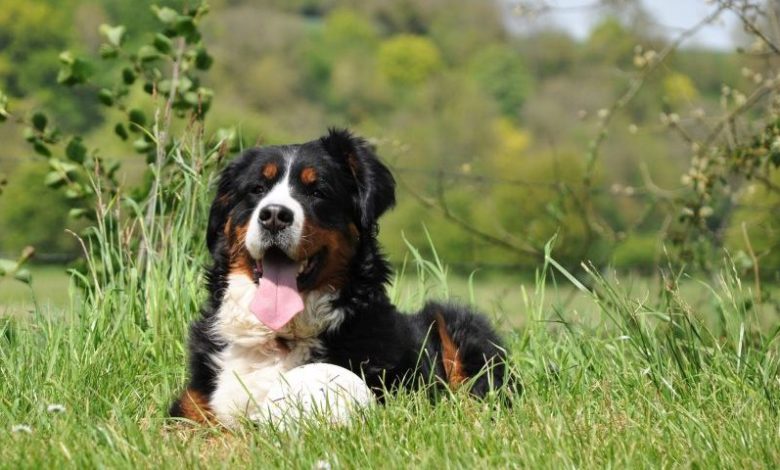UK dog ownership continues to decline

The total dog population decreased by 2 percent since 2012 with a projected higher decline until 2022, according to Euromonitor.

Become a member for unlimited access
Remove all content restrictions with a membership account. First-year special offer pricing. Cancel any time.
You have read 2/2 free articles this month.

How many members should have access to the subscription?
Monthly
Yearly
Save £9.89
No, thanks
I already have an account

The total dog population decreased by 2 percent since 2012 with a projected higher decline until 2022, according to Euromonitor.